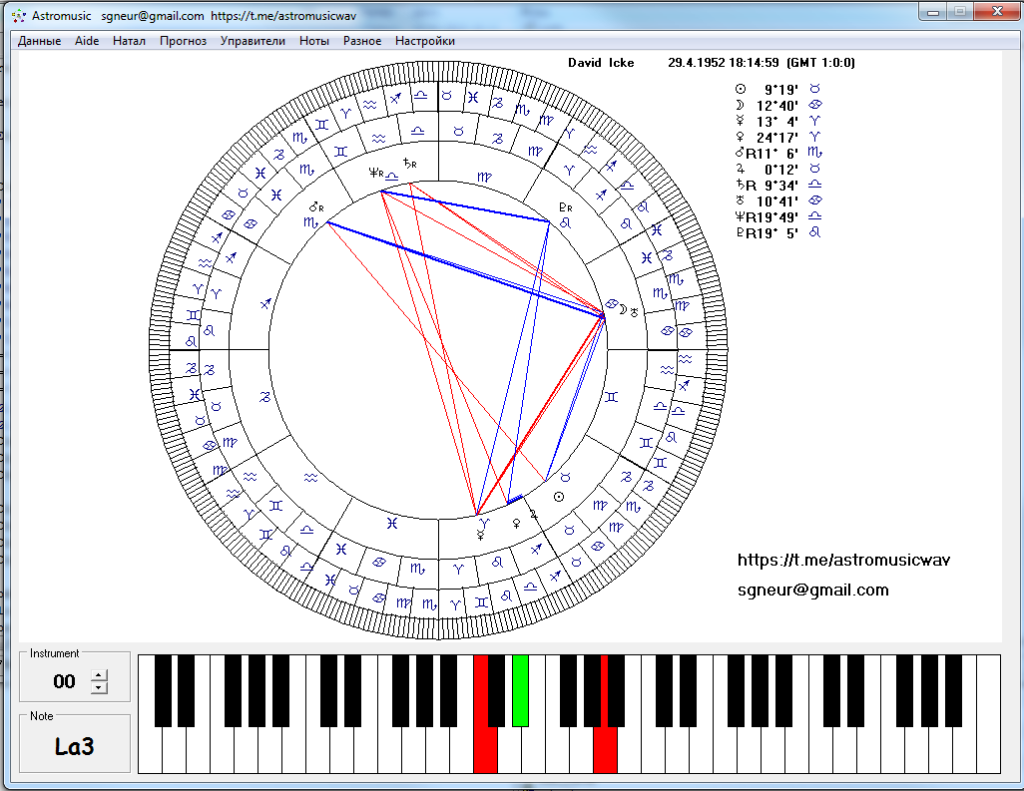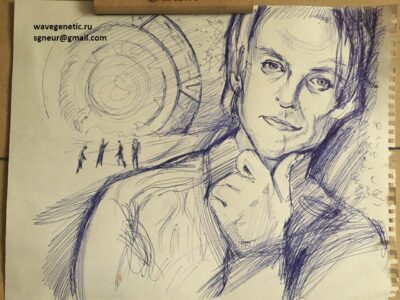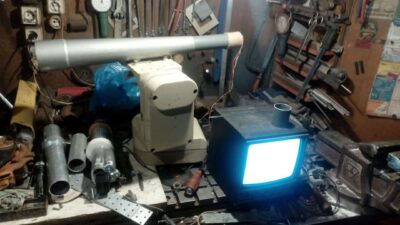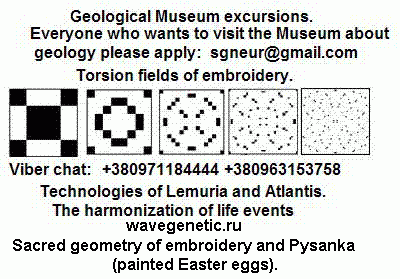
UV energy
For close to a century, practitioners have been using near infrared and ultraviolet imaging to prove skin conditions. But what exactly is «infrared» and «ultraviolet imaging»?
Light isn’t merely the light that we can see. Similar to how a dog whistle produces a sound that only dogs can hear, as it is outside of the range of sound that the human ear can hear, light can exist outside of the range of what can be detected by the human eye. The key behind IRUV technology is the ability to use the two kinds of light that exists just outside of what our eyes can detect: infrared and ultraviolet light.
Visible light is the kind of light that our eyes can detect, hence «visible» light. It covers the colors of light we can detect: red, orange, yellow, green, blue, indigo and violet.
Infrared light, the spectrum of energy located just past the red portion of visible light, shows a world unseen to the naked eye. This longer wave energy can penetrate the skin more easily than visible light, making substructures in the skin visible. Near infrared vision will reveal veins, scars, some types of injuries and many other abnormalities that are undetectable by the naked eye.
Ultraviolet light, which exists right after the violet portion of visible light, is extensively used to see skin-conditions. UV energy can show molds by fluorescence. The combination of the two spectrums multiplies the viewer’s ability to perceive conditions not visible by either IR or UV alone.
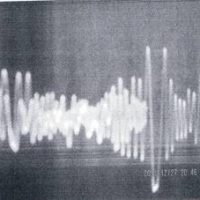 Предыдущий пост
Предыдущий пост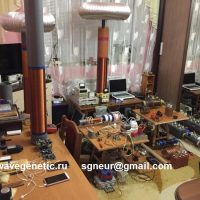 Следующий пост
Следующий пост